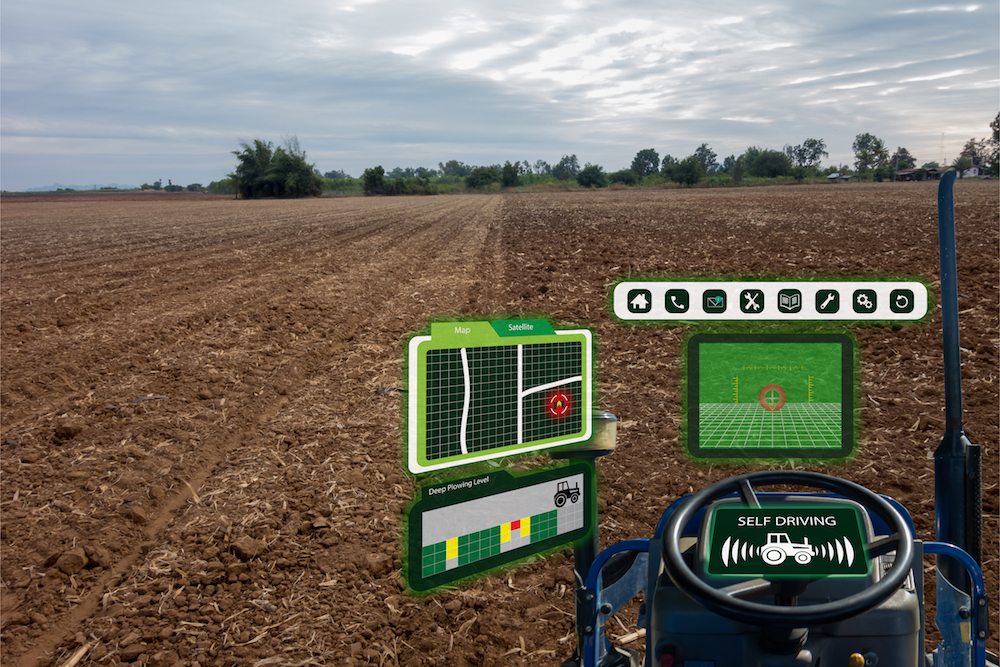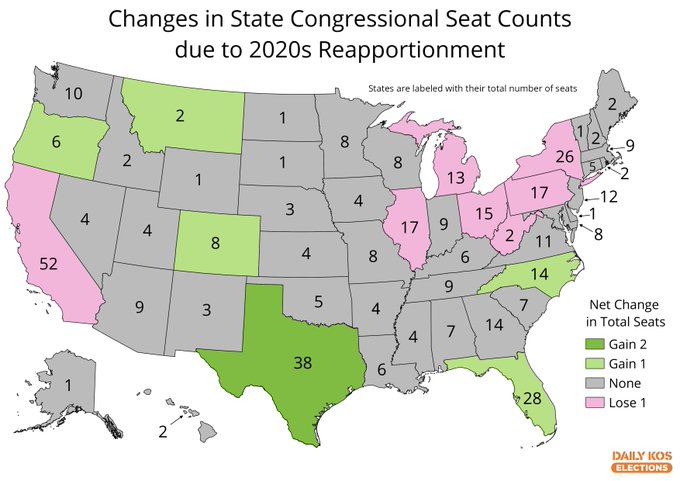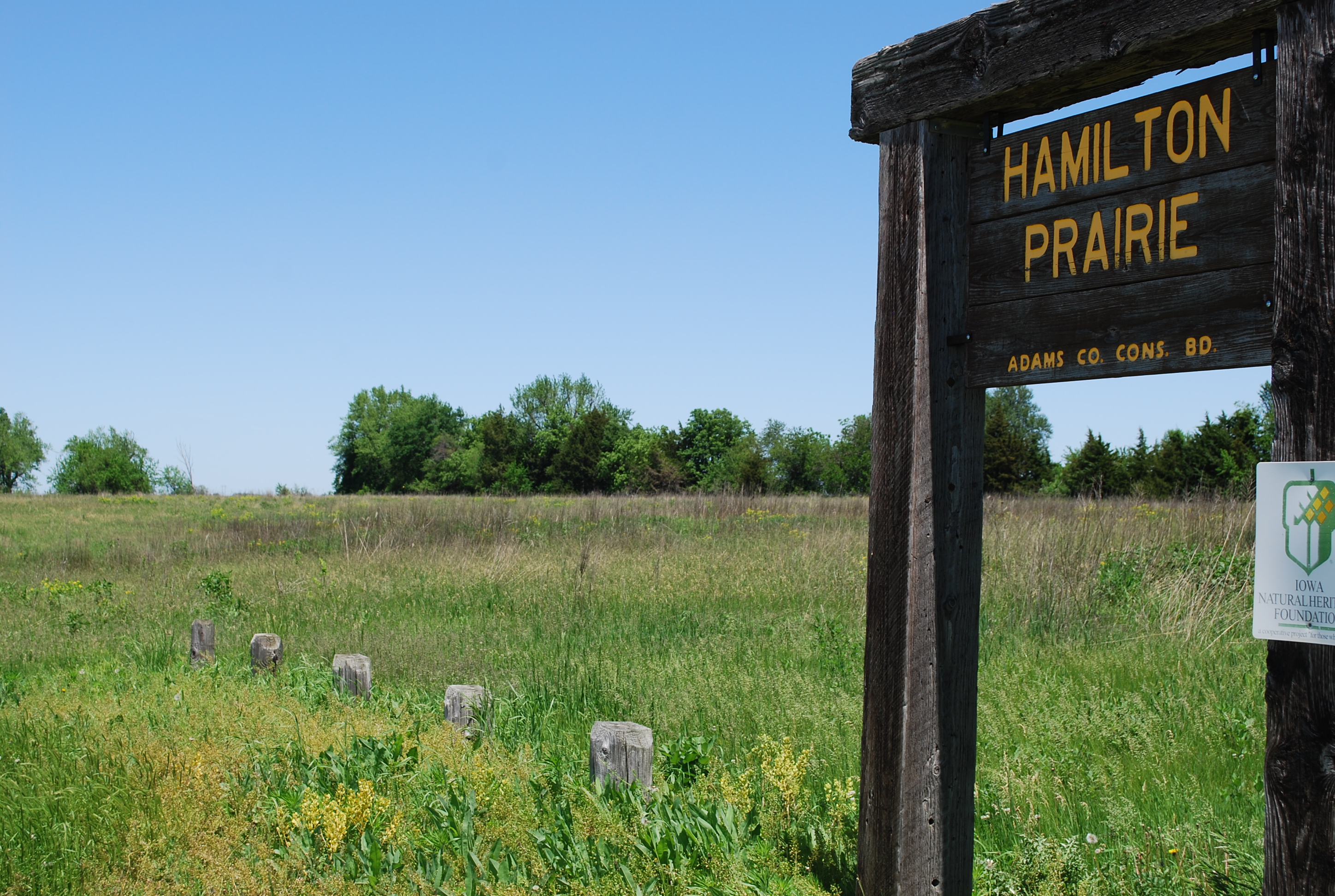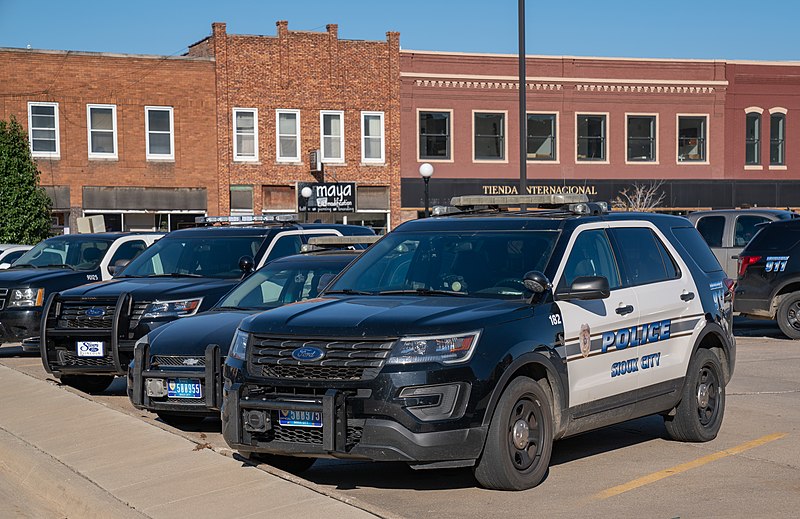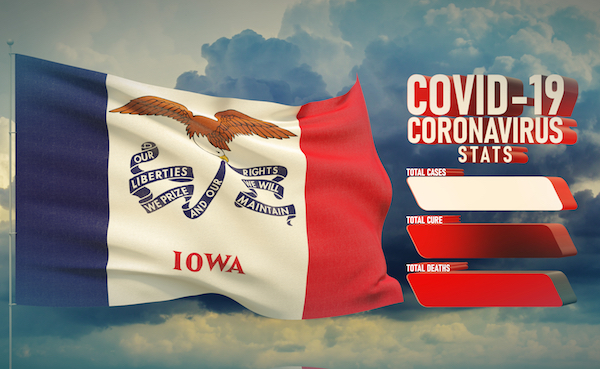The state of Iowa’s Comprehensive Annual Financial Report for the 2020 fiscal year may be finalized by the end of June, six months later than the usual publication date.
Staff at the Iowa Department of Administrative Services compile the report using data provided by state government entities, and for many years have completed that work by December 31. However, Iowa State University (ISU) struggled to provide accurate, auditable data for the fiscal year that ran from July 2019 through June 2020. The reporting problems coincided with the year the university switched to the Workday computer system for accounting.
While other state government units sent their year-end financials by the usual deadline of October 1, 2020, ISU completed that process more than six months later, in early April.
Continue Reading...

